Four weeks is a heck of a long time to spend on top of a 230ft-high smokestack. But when it gets you a personal audience with the owner of the company you’re having a dispute with, who’s to say it’s not worthwhile?
That’s precisely what happened recently at SsangYong, where two of the disgruntled employees laid off during the firm’s bankruptcy in 2009 held a protest at – or above – its Pyeongtaek factory. Owner Anand Mahindra was in the country, paid a visit to the plant and extended an offer of dialogue via his Twitter account.
The two parties eventually talked on the telephone to keep their conversation out of public view (and the employees were showing no signs of coming back down as this article went to press), but it still amounted to a remarkable bit of theatre between an Indian billionaire and a couple of South Korean union reps trying to prick his conscience.
That sort of thing can happen at the self-titled ‘Most Innovative and Respected Korean Automotive Company’ – because it’s small enough for things to get personal.
Even SsangYong’s mass manufacturing processes seem more intimate. The Pyeongtaek facility, sited about 40 miles from Seoul, seems to operate at a more relaxed pace than most other automated facilities. The employees there – those who got their jobs back and didn’t have to protest – made 140,000 cars last year, but the capacity is more than 100,000 vehicles above that figure, and it shows. You can see that this is a company with room to grow.
Mahindra (the company) certainly thinks so. It has already invested 700 billion won (£430 million) into SsangYong since it acquired the broken pieces in 2009 and announced a fresh, further injection of one trillion won (£611m) this month. SsangYong will launch a new car every year for the foreseeable future, starting with the Tivoli baby SUV that’s due in British dealers this summer.
That product plan looks modest in the face of the Volkswagen empire onslaught, but, in truth, it’s ambitious for a firm that has often kept models alive years beyond their natural product cycle.
“I can’t share too much detail on the forthcoming products, but I can tell you we’re going to focus on SUVs,” says Anand Mahindra. That makes sense, for three main reasons. First, the world still can’t seem to get enough of off-road-influenced vehicles. Second, if SsangYong is known for anything as a brand, it’s SUVs. Third, this type of vehicle offers the easiest, most straightforward tie-ins with Mahindra’s own model line-up in India.

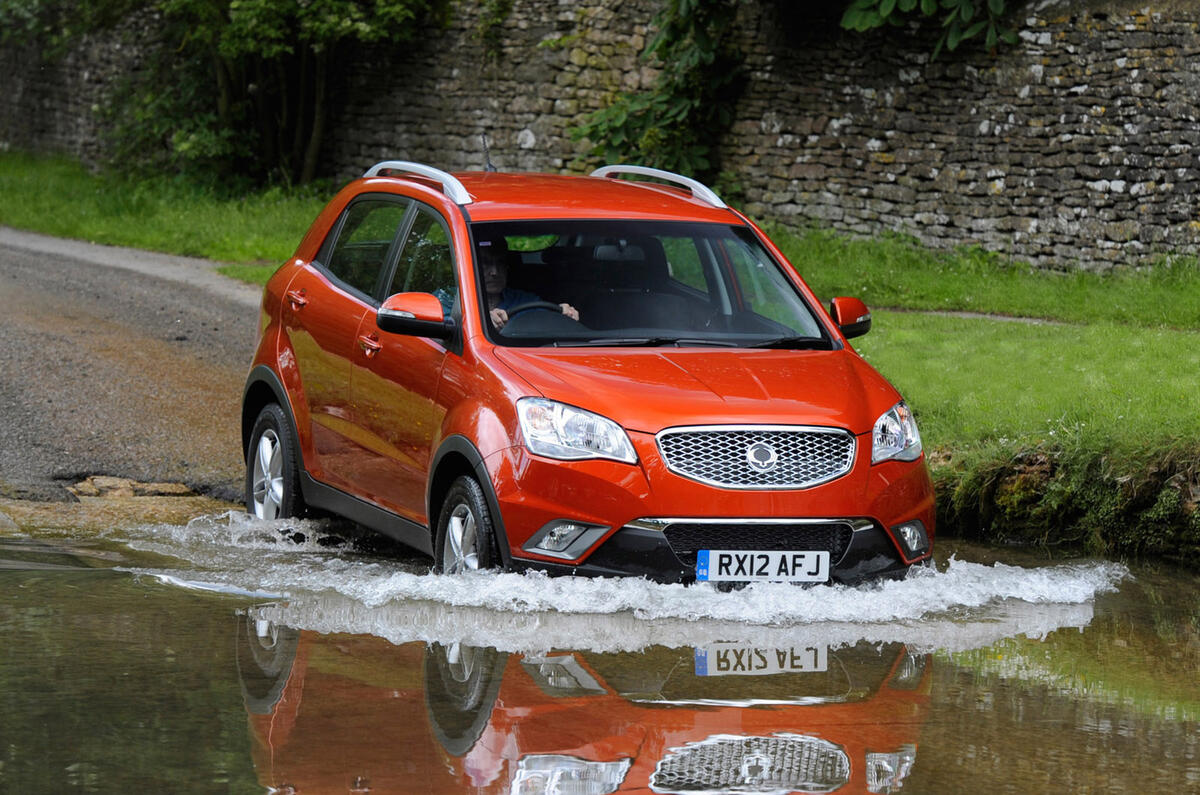
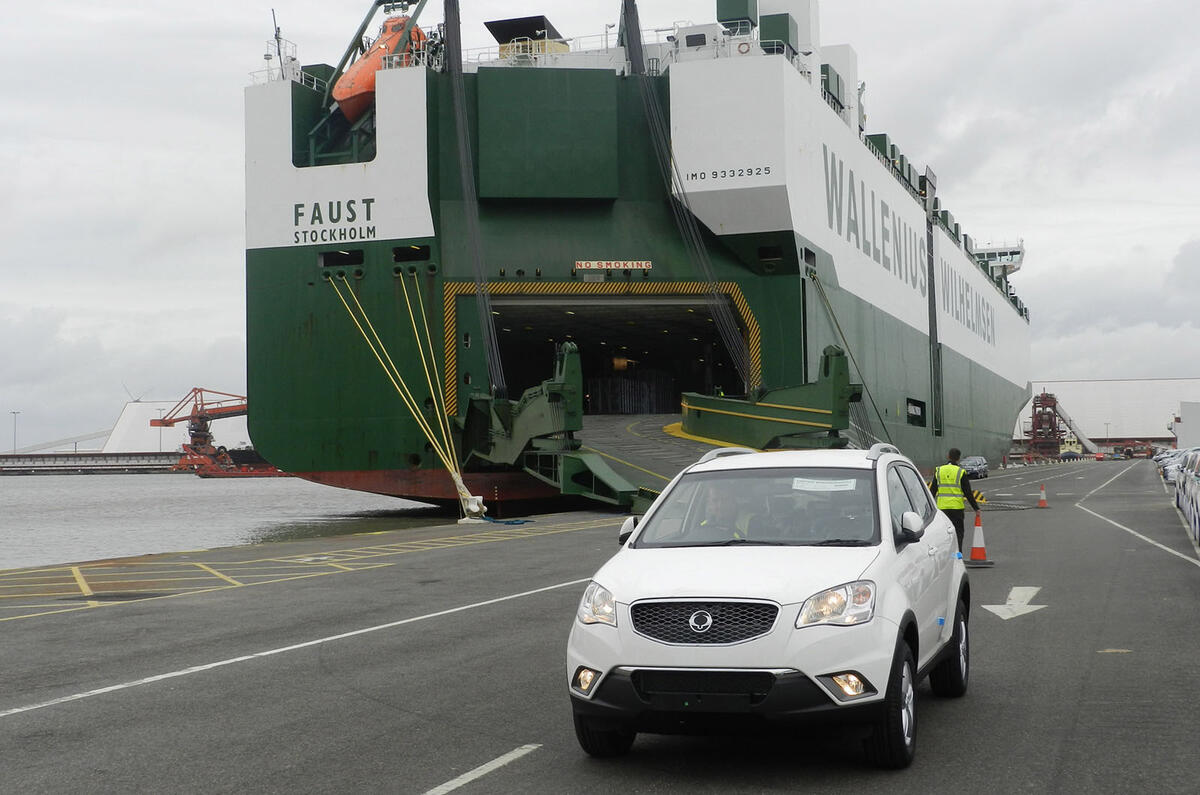
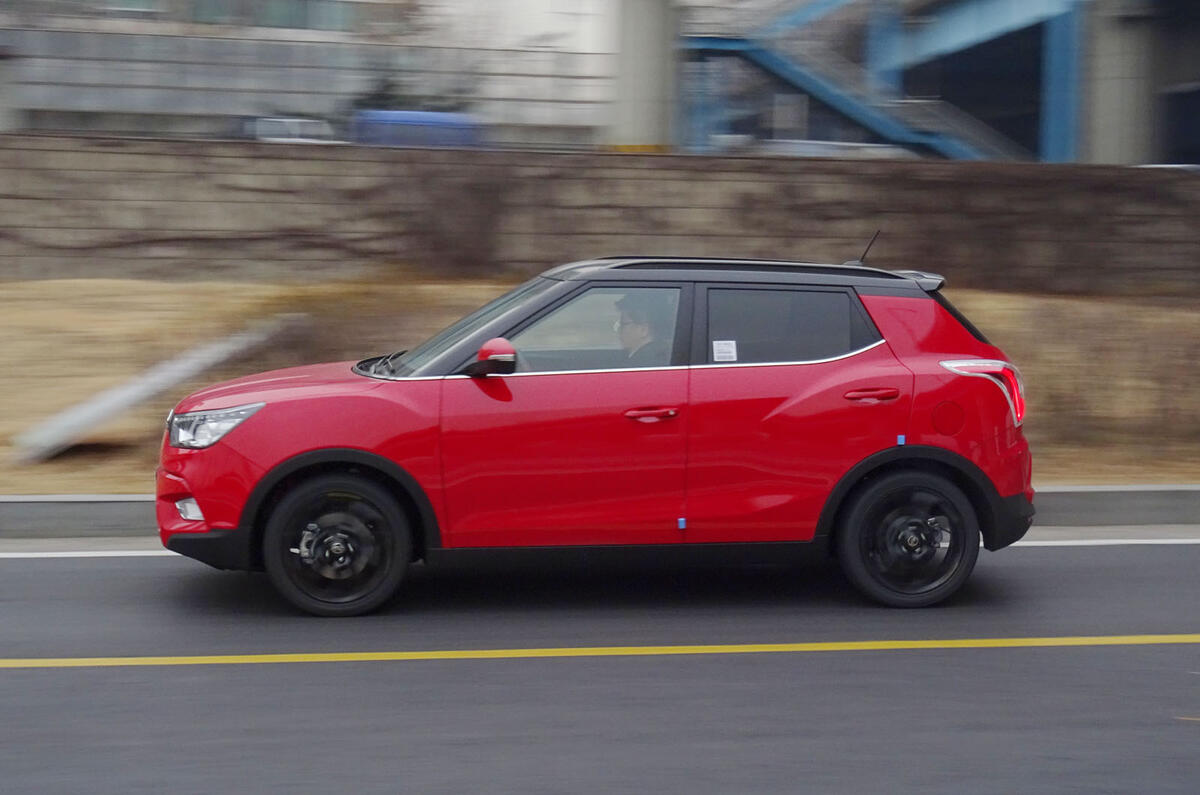


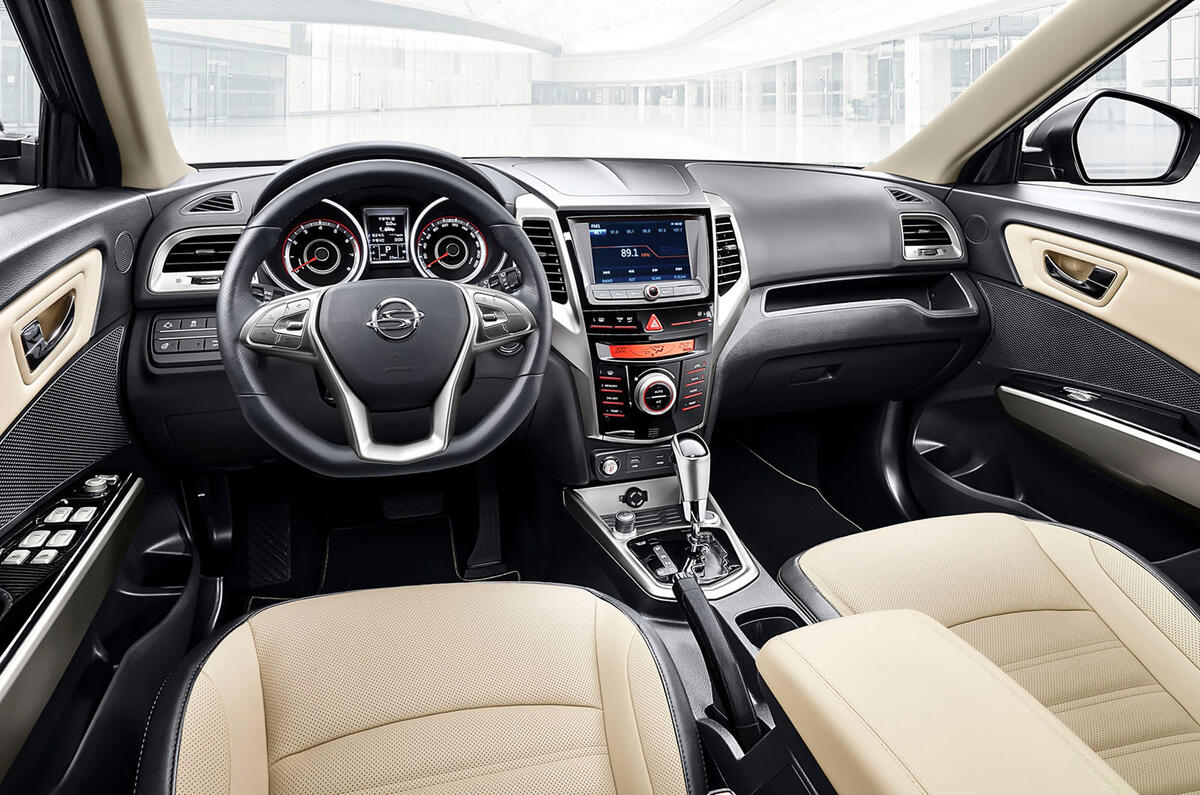
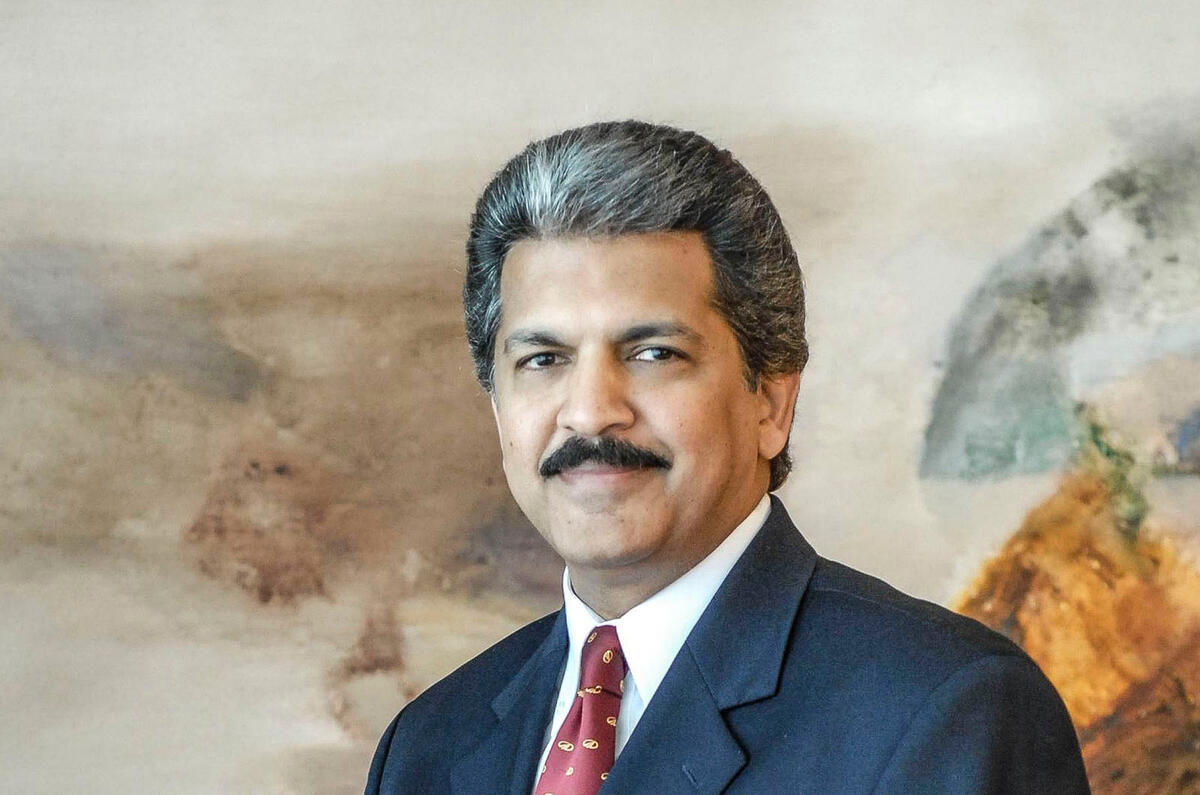
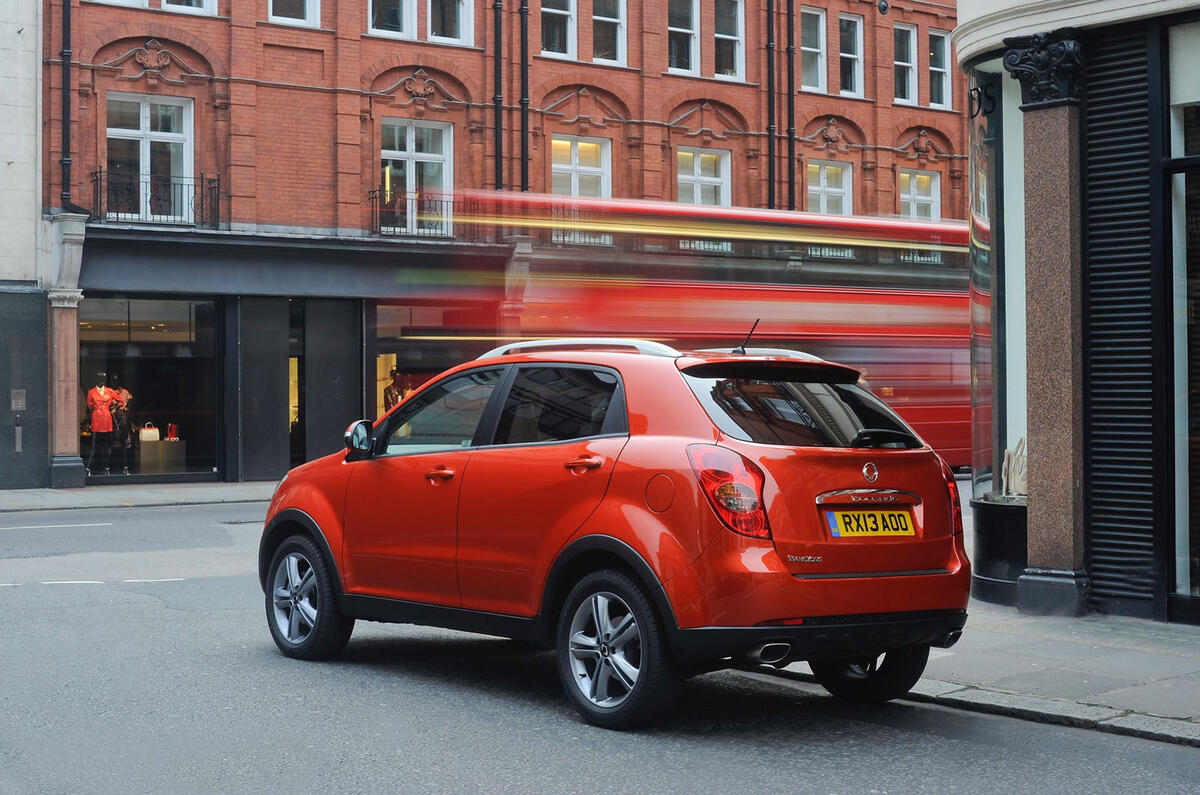
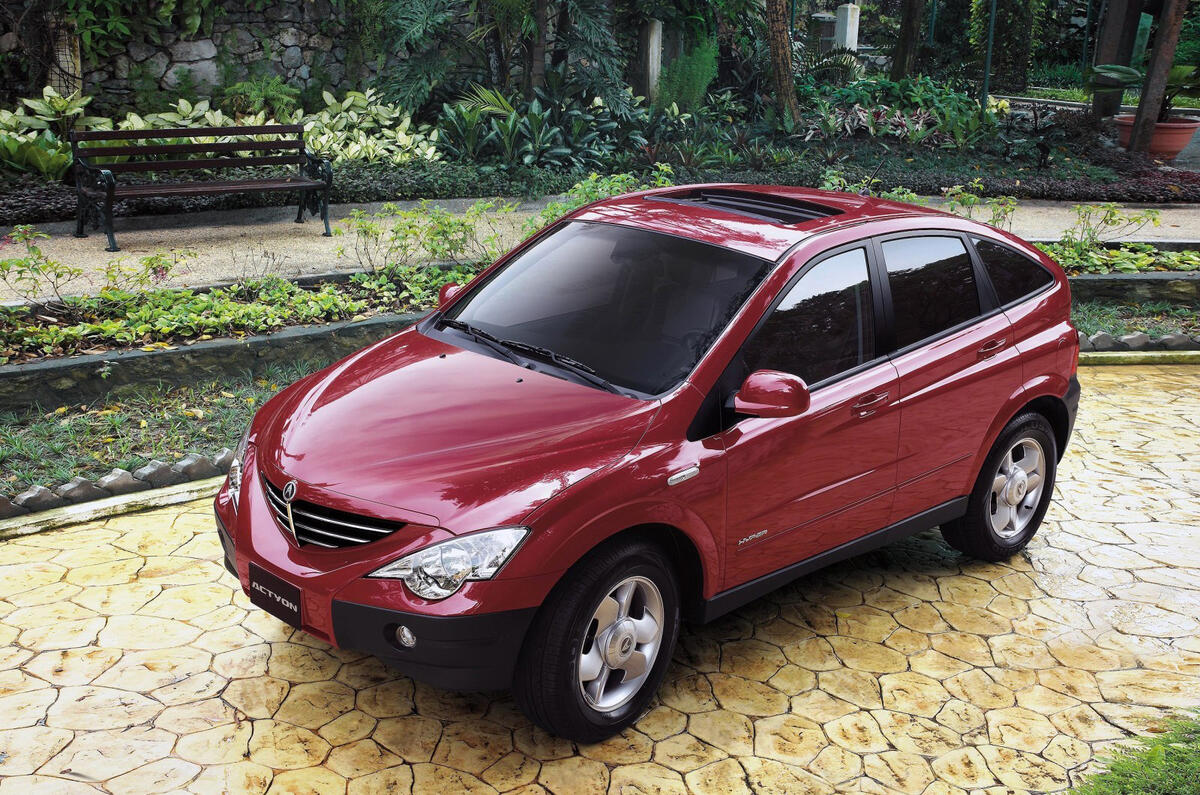
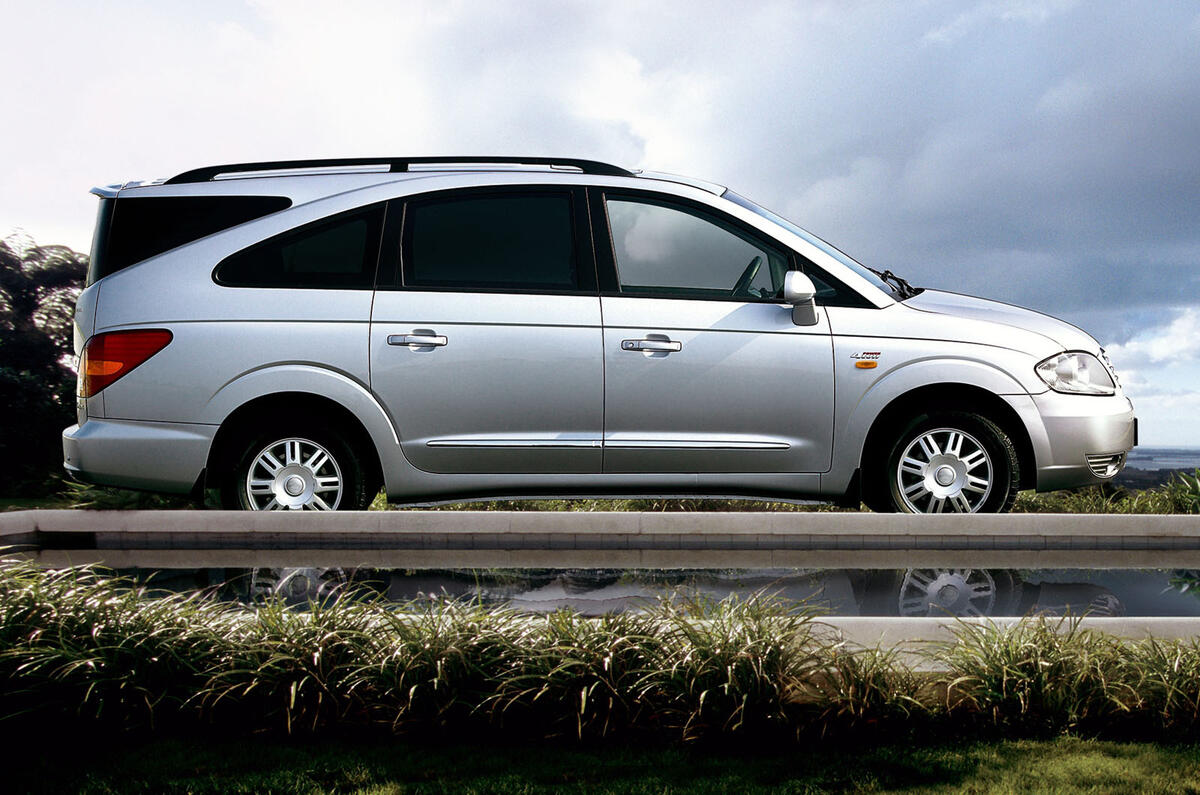
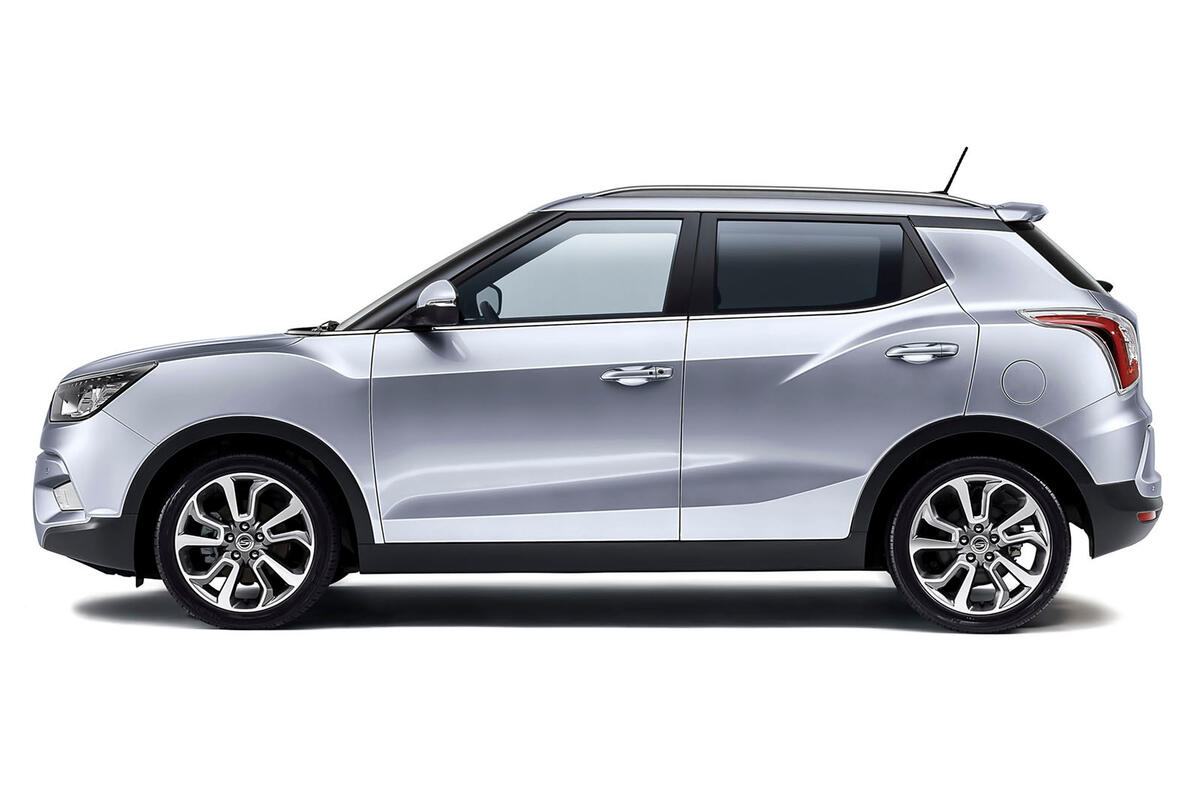
















Join the debate
Add your comment
Worthy
Surely someone in layout is taking the mick out of Ssanyong?